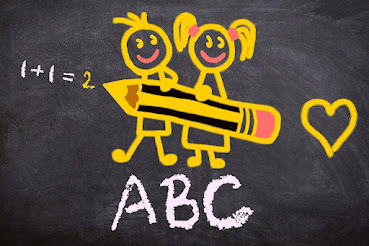Unlocking Literacy: Navigating the Key Stage 1 Phonics Screening Test

In the dynamic landscape of primary education, early reading proficiency lays the foundation for academic success and lifelong learning. As a Phonics Lead in my primary school, I've witnessed first-hand the transformative power of phonics instruction in empowering young learners to unlock the world of literacy. At the heart of our efforts lies the Key Stage 1 Phonics Screening Test — a pivotal assessment that provides valuable insights into each child's reading journey and informs targeted support strategies to ensure no child is left behind. Designed to assess children's decoding and blending skills , the Phonics Screening Test serves as a diagnostic tool for teachers, enabling us to identify those who may require additional support in mastering phonetic principles. Administered in Year 1, this test offers a snapshot of each child's reading abilities and informs instructional planning tailored to their individual needs. For children who do not meet the expected standa...


.jpg)


